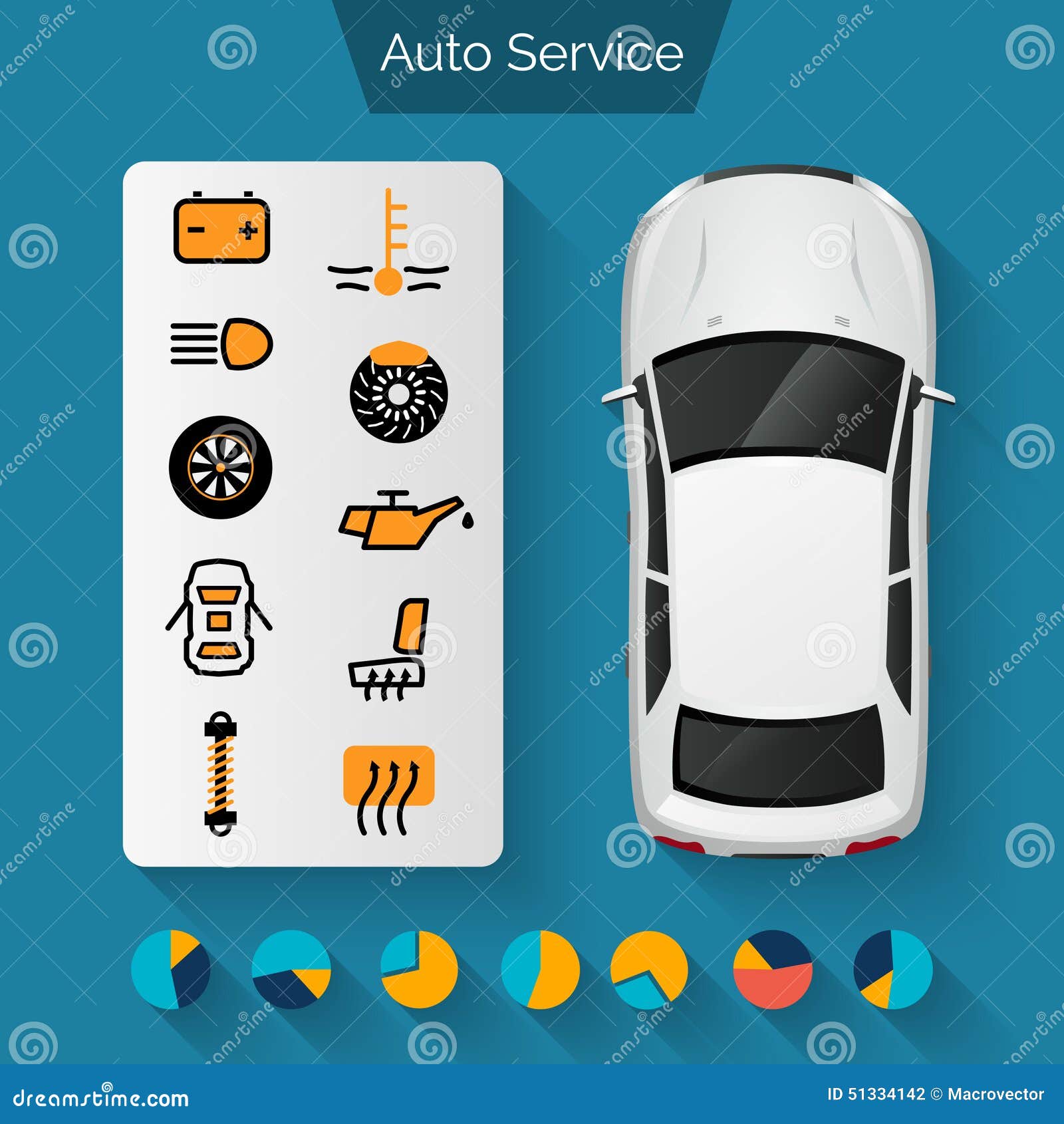Decoding Your Car'S Caution Indicators: What They Really Signify
Decoding Your Car'S Caution Indicators: What They Really Signify
Blog Article
Article Produced By-Boye Kejser
When you're behind the wheel, those glowing warning lights on your dashboard can be a little bit complicated. Do you understand what they're trying to tell you about your cars and truck's wellness? Understanding the relevance of these lights is essential for your security and the durability of your automobile. So, the next time among those lights pops up, wouldn't you want to understand its message accurately and take the needed steps to resolve it?
Common Warning Lighting and Interpretations
Identify usual warning lights in your vehicle and recognize their meanings to make sure risk-free driving.
https://www.itechpost.com/articles/111458/20220620/tips-to-avoid-over-priced-auto-repairs.htm of the most typical caution lights include the check engine light, which indicates problems with the engine or exhausts system. If this light begins, it's important to have your vehicle examined quickly.
The oil pressure warning light shows low oil stress, needing immediate interest to prevent engine damage.
A flashing battery light may suggest a damaged billing system, possibly leaving you stranded otherwise addressed.
The tire stress surveillance system (TPMS) light signals you to low tire stress, impacting automobile stability and gas effectiveness. Ignoring this could result in harmful driving problems.
The ABS light shows a trouble with the anti-lock stopping system, endangering your capacity to stop promptly in emergency situations.
Lastly, the coolant temperature level warning light warns of engine overheating, which can cause severe damage otherwise solved swiftly.
Recognizing these common warning lights will certainly help you resolve problems without delay and maintain risk-free driving conditions.
Significance of Prompt Attention
Recognizing the typical warning lights in your car is only the primary step; the importance of without delay dealing with these cautions can not be stressed enough to ensure your safety and security when driving.
When a caution light illuminates on your control panel, it's your vehicle's method of connecting a potential problem that requires attention. Ignoring these cautions can lead to extra severe problems later on, endangering your safety and security and potentially costing you extra in repairs.
Trigger attention to advising lights can avoid breakdowns and crashes. As an example, a blinking check engine light can suggest a misfire that, if left ignored, might cause damage to the catalytic converter. Addressing this promptly can conserve you from an expensive fixing.
Likewise, a brake system advising light may signify low brake fluid or used brake pads, essential parts for your safety when driving.
Do It Yourself Troubleshooting Tips
If you see a warning light on your control panel, there are a couple of DIY repairing suggestions you can attempt before looking for professional help.
The primary step is to consult your auto's manual to understand what the certain caution light indicates. Sometimes the problem can be as easy as a loosened gas cap activating the check engine light. Tightening the gas cap might settle the problem.
An additional usual problem is a reduced battery, which can set off various cautioning lights. Examining the battery connections for corrosion and ensuring they're protected could fix the trouble.
If a warning light persists, you can attempt resetting it by separating the automobile's battery for a couple of mins and afterwards reconnecting it. Furthermore, inspecting cardetailingeastauckland , such as oil, coolant, and brake fluid, can assist fix cautioning lights connected to these systems.
https://brakes-plus49405.dsiblogger.com/65043298/mobile-car-detailing-enhancing-your-vehicle-s-look-on-the-move
To conclude, comprehending your automobile's caution lights is necessary for keeping your vehicle running smoothly and safely. By quickly addressing these signals and understanding what they mean, you can avoid costly repair services and possible failures.
Bear in mind to consult your cars and truck's guidebook for specific information on each cautioning light and do something about it appropriately to ensure a hassle-free driving experience.
Remain educated, remain safe when driving!
